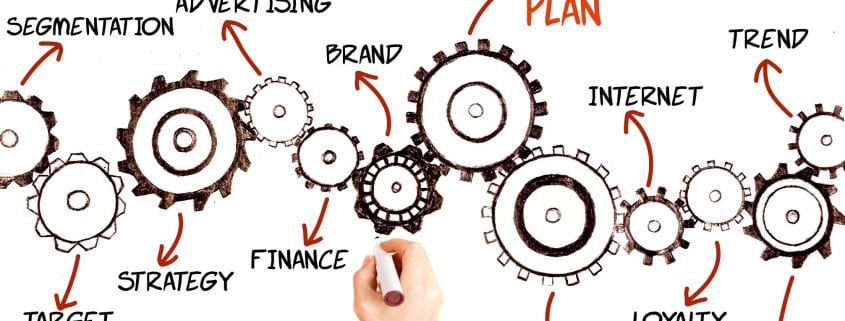
The 5 W’s Of A Thank You Page
Thank you pages are an important part of the inbound methodology. To better understand a thank you page, it is best to look at the 5 W’s: Who, what, when, where, and why.
Who sees a thank you page:
Anyone who chooses to follow a link on your website to obtain an eBook or a white paper of some sort, is going to see a thank you page. These people can be prospects, leads or customers.
What the page should look like:
A thank you page should look similar to your companies website. The thank you page should include the main headers which can be seen on your website as well as the name of the company. Most importantly, the message that states “thank you for ___”. You fill in the blank with signing up or downloading the eBook, etc. Additionally, the time frame in which the person will receive the information they have requested. To the right side of the thank you page, it is good to include information related to the topic. Additionally, including a CTA to increase lead conversion, is a good addition as well. When designing your thank you page, it is important to remember that it should NOT be a blank white screen that says thank you.
When a thank you is important:
Thank you’s are always important. Especially because in today’s time, people are always looking for information. By providing a thank you page, there is a good chance the person could return to the website. These pages are something very positive.
Read more on how a thank you page is not the end but a continuation.
Where to go after this step:
Once someone has seen the thank you page, they will be waiting for the information requested to be sent to them. It is important to get back to that person within 2-3 business days. Something else that can be done is to start sending emails to that person with information similar to what they requested. This way, by keeping your company as a part of their attention, they won’t forget about you.
Why these pages are important:
These pages are important because it shows people that you care. It also shows that you will get back to them with the information they are looking for. Thank you pages are important when converting people in the inbound methodology.
Overall, thank you pages are a great addition to have as a part of your website. Don’t forget that these pages appear after someone has requested information. That means that your website will need to include call to actions.














